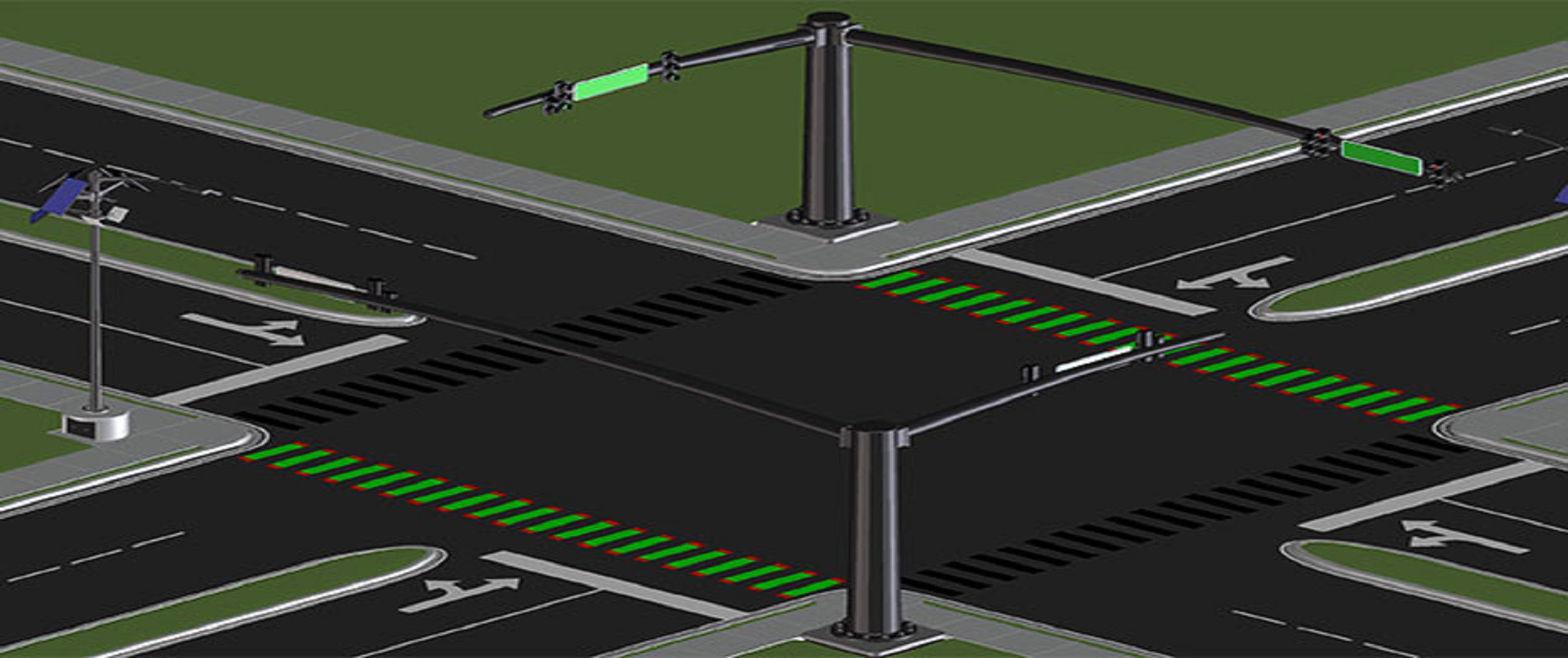Smart City features of the future are here… almost
Imagine walking through a city that anticipates your every need and streamlines daily life. This isn’t science fiction, but the reality of smart cities.
Powered by the Internet of Things (IoT) technology, these cities leverage connectivity, data, and analytics to transform urban environments into responsive ecosystems that can improve air quality, decrease traffic congestion, enable energy efficiency, and more.
This fusion of tech and urban planning is shaping the future and ushering in a paradigm shift in the way we live. Below we explore some of the benefits of smart city features.
Watch from your window
Smart cities with IoT are redefining sustainability and urban living, and in some cities, this technology is already happening.
For years, San Francisco struggled with unsanitary streets, cleaning costs, and waste collection problems. That’s when city officials hired the Danish company Nordsense to help mitigate the city’s overflowing trash bins and improve collection routes. By placing 48 advanced sensors throughout the city, the Department of Public Works could detect trash levels, temperature, and even odor intensity; ultimately reducing overflow waste by 80%.
But the technology doesn’t stop there. Here are some of the current and upcoming tech innovations to watch out for:
- Traffic Solutions. One leading smart city technology is the real-time tracking and reporting of traffic, which will help people make informed decisions such as whether to commute or work from home. This feature will elevate mobility to the next level.
- 5G Networks. 5G is one of the most important smart city technologies. With its faster data transmission rates, lower latency, and increased capacity, 5G enables a more efficient and seamless connection among various devices and infrastructure components. Without it, things like autonomous vehicles and real-time monitoring systems become unreliable and unsafe.
- LPWAN-Enabled Infrastructure. Managing complex processes and infrastructure while serving millions of citizens demands seamless data-driven operations. Large-scale wireless networks like LPWAN and 5G are instrumental in facilitating massive data communications for future smart cities. While 5G is expected to power numerous consumer applications, LPWAN will be a fundamental enabler of citywide connected infrastructure.
- Air Quality Monitoring. The serious health risks posed by urban air pollution have led major cities to adopt proactive measures such as spatially dense air-quality-monitoring networks. Combined with hyperlocal data, these integrated IoT sensors help identify polluters and foster smarter, healthier public transportation and urban planning.
- Smart Cameras. One of the most prominent smart city technologies, smart cameras such as connected street cameras, first responders’ bodycams, and commercial vehicles’ dash-cams, have been fundamental in detecting road accidents, violations, potholes, and even the root causes of fires.
- Mobility Alerts. Smart cities leverage technology to achieve better quality of life and sustainable living for their citizens. One significant area of enhancement is “mobility,” which encompasses pollution alerts for asthma patients, maintenance alerts for bad road conditions, and self-driving cars.
- Real-Time Sensor Data and Advanced Artificial Intelligence. Real-time data and AI will enhance the resiliency of smart city infrastructure in many ways. For example, predictive models of city infrastructure will enable early detection and response to large-scale events such as natural disasters or cyberattacks.
- Urban Farming. Urban farming aligns perfectly with smart cities. With growing urban populations, sustainable solutions are needed to improve food quality, save energy, and reduce transportation costs. Singapore is a good example of this. An early adopter of vertical agriculture, the country has become more self-sufficient while positively impacting the environment.
- Autonomous Drones. Thanks to the Covid-19 pandemic, the need for remote, instant access to goods is stronger now more than ever. Drones have been used to deliver medical supplies to hospitals, while drone services have allied with large pharmacies to deliver medicine to those who are unable to leave their homes.
- Smart Transportation. Smart traffic lights will streamline vehicle flow to optimize traffic efficiency, while autonomous cars that can communicate with each other will lead to fewer collisions and ultimately safer city roads.
Go take a walk
Through a network of interconnected devices, sensors, and data-driven solutions, smart cities are poised to address pressing urban challenges, from disaster response to energy consumption, paving the way for a sustainable urban future. Imagine shining cities of steel and glass where traffic flows seamlessly, AR interfaces guide pedestrians, and micro parks offer climate-controlled green spaces.
Immersive-FX’s DigiPaver™ for smart sidewalks is the future of public safety technology. Our innovative, small-scale LED paving system is a ruggedised fully programmable system that is perfect for wayfinding signage, crosswalks and walking, and navigation roadway striping. Contact us today.

